Últimos reportes hidrológicos
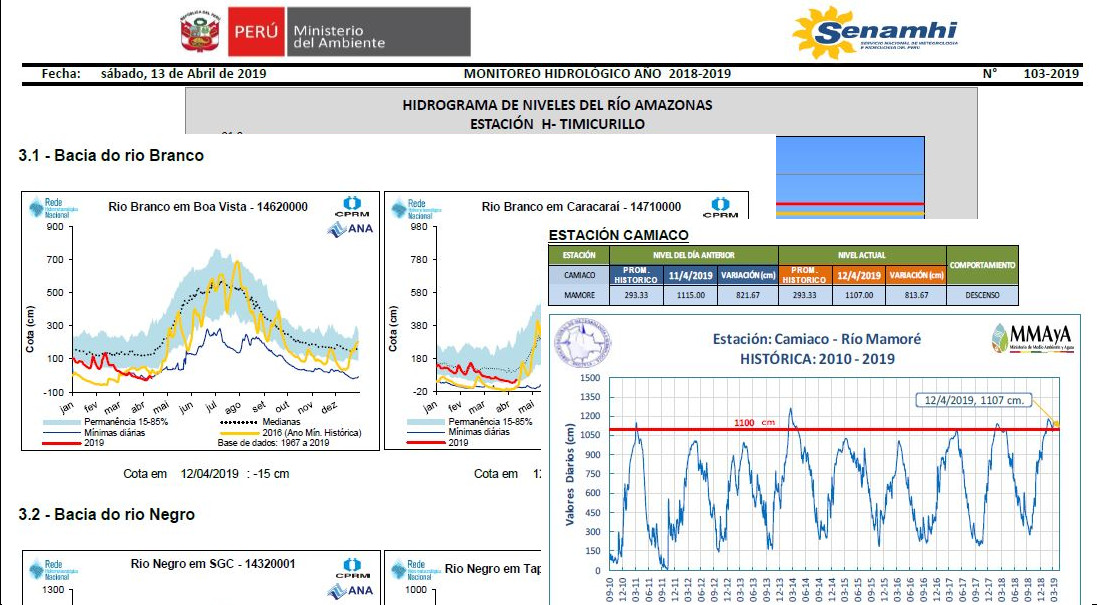
Tres países de la cuenca amazónica publican regularmente un informe sobre las condiciones hidrológicas de los ríos amazónicos en su territorio:
4th Friend Water Conference on the hydrology of the great rivers of Africa
The 4th Friend Water Conference on the hydrology of the great rivers of Africa will take place in Cotonou (physically) and (visioconference) for those who will have travel constraints due to covid19 , from November 13 to 15, 2021 (for training) and from November 16 to 20, 2021 (for the conference). The peer review process for papers is still ongoing. The process of reviewing papers with reviewers is ongoing. However, all those who have submitted an abstract will present an oral presentation. Registration is still open and the date of the preferential rate has been extended to September 30, 2021. (To be continued…)
CONGO RIVER 2020
Congo River 2020 is the first international conference on the Congo River
that will be held in the basin’s member state, and provides an opportunity
of experience sharing on the methods used, data and information
generated from the implementation of research initiatives to a wider
audience of stakeholders involved in research, policy decision making,
management, and capacity development as well as investment in the
Congo Basin.
The conference will also target learning and sharing experience from other
large rivers of Africa and the world.(to be continued…)
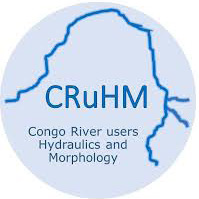
Después de un largo período de calma, el río Oubangui se despierta en la cuenca del Congo.
El río Oubangui, el segundo afluente más grande del río Congo, acaba de sufrir una devastadora inundación que ha provocado el desplazamiento de varias decenas de miles de personas en un país ya muy afectado por los conflictos que allí tienen lugar. Esta excepcional inundación fue medida por hidrólogos reunidos en Bangui, República Centroafricana (RCA) para una conferencia sobre “Calidad y usos de los recursos hídricos en África Central y Oriental: Impactos sobre los ecosistemas y la salud”.(más…)
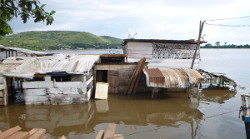
Dynamique du carbone dans le Bassin Amazonien
L’un des paramètres fondamentaux qui conditionne la compréhension du cycle du carbone dans le bassin amazonien est l’âge de ce carbone transporté par les fleuves, puis dégazé vers l’atmosphère ou piégé dans les lacs. En effet, cet âge renseigne sur la vitesse à laquelle transite le carbone depuis son captage dans l’atmosphère par les plantes, puis son transfert dans les sols et le milieu aquatique et enfin les sédiments lacustres ou à nouveau l’atmosphère.
Ce projet aborde pour la première fois la relation complexe entre érosion-transport-dégazage-sédimentation du carbone dans l’Amazonie en utilisant simultanément deux types d’isotopes du carbone (13C et 14C), dans différents compartiments (eaux, sols, végétations, sédiments) pour essayer de comprendre la dynamique du carbone en chaque compartiment. La zone d’étude où nous développons notre recherche est l’Amazonie Péruvienne, dans un continuum depuis les Andes jusqu’à la plaine. Avec un intérêt plus ciblé sur les « zones sources » de carbone (les Andes (carbone fossile), la zone du piedmont andin et la région de la confluence des fleuves Marañón et Ucayali où les lacs sont nombreux.
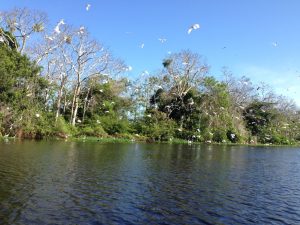
A new tool for suspended load monitoring in large basin
An index concentration method for suspended load monitoring in large rivers of the Amazonian foreland
https://www.earth-surf-dynam.net/7/515/2019/
A simple model is proposed to improve the sediment concentration monitoring in the large rivers of the Peruvian Amazon from an index concentration sampled in the flow. This powerful tool for optimizing the concentration sampling would allow for detailed uncertainty analysis on the sediment fluxes. It could be coupled with remote sensing and hydrological modeling to serve as a step toward the development of an integrated approach for assessing sediment fluxes in poorly monitored basins.
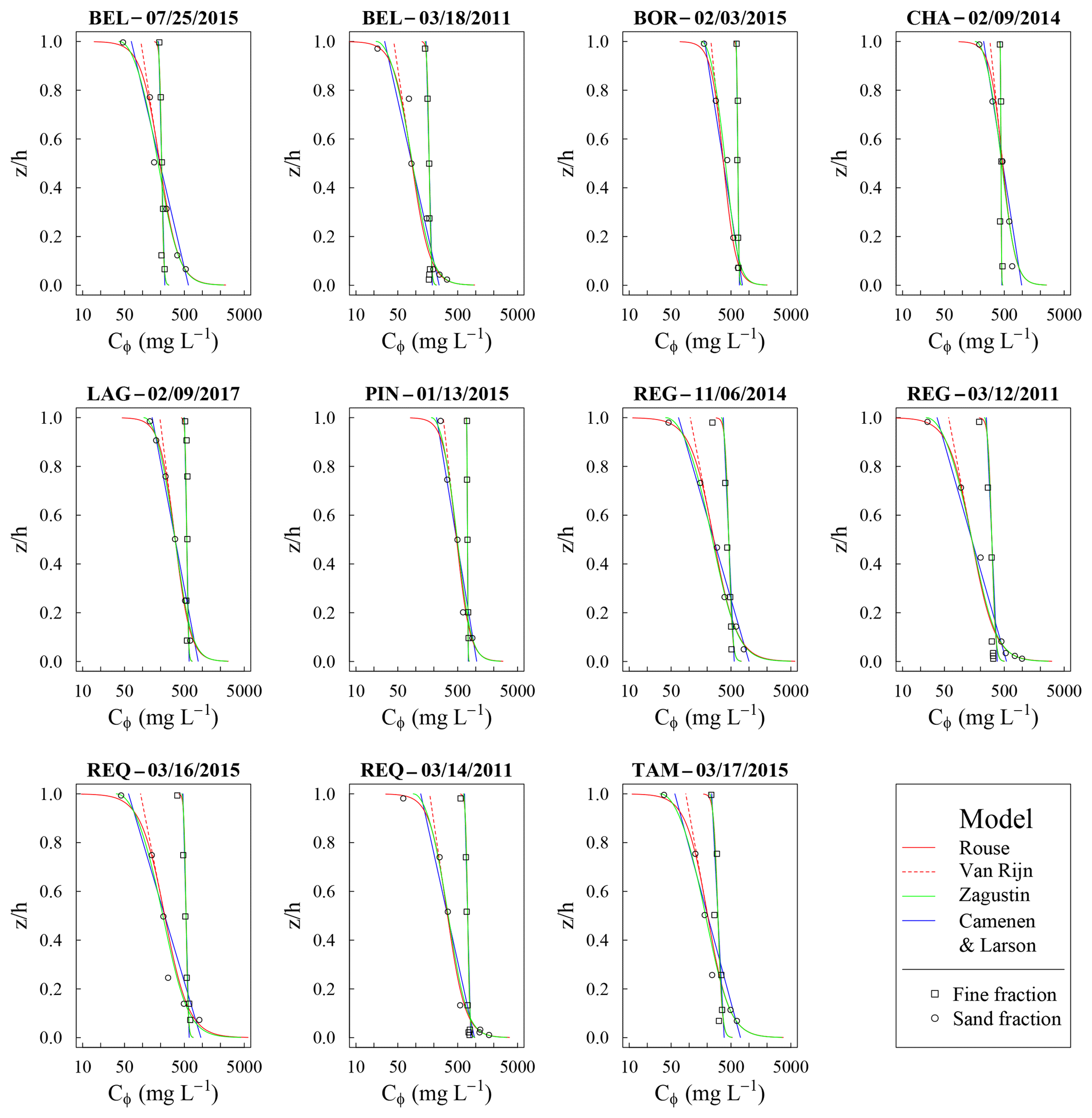
Última reunión científica del SO-HyBAm
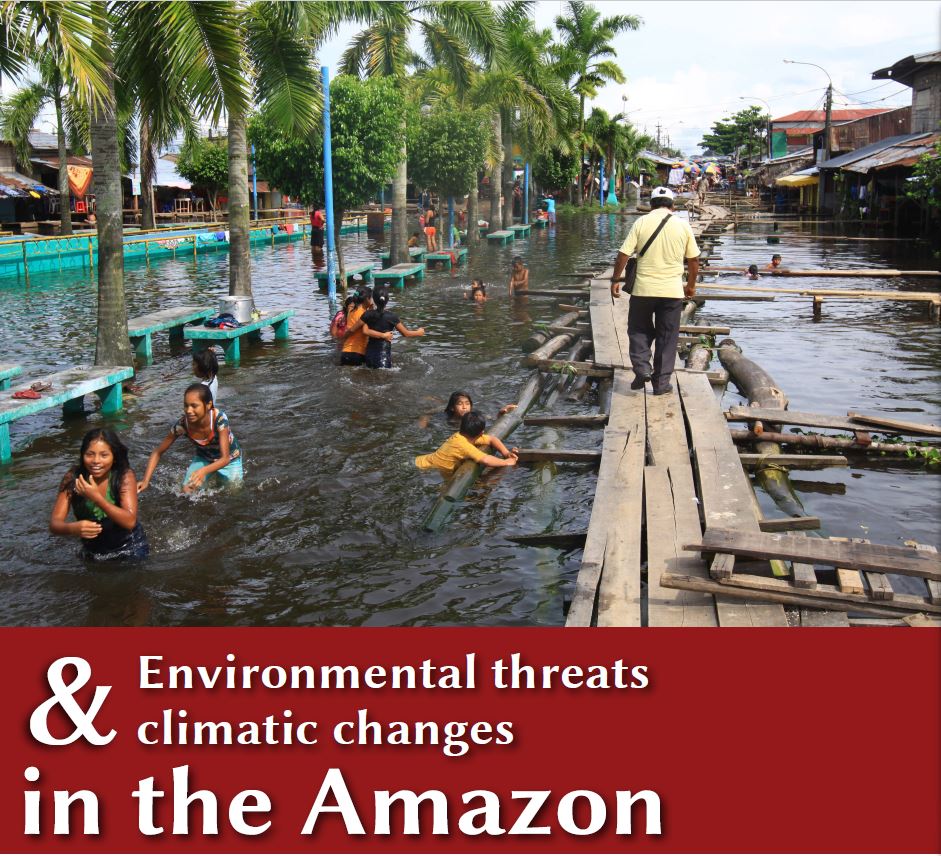
La VIIIa reunión científica del SO-HYBAM se celebró en Toulouse (Francia) del 2 al 6 de septiembre de 2019.
La lista de presentaciones orales, organizadas por sesiones temáticas, y parte de los materiales de presentación están disponibles en línea.
La inundación del río Orinoco en 2018
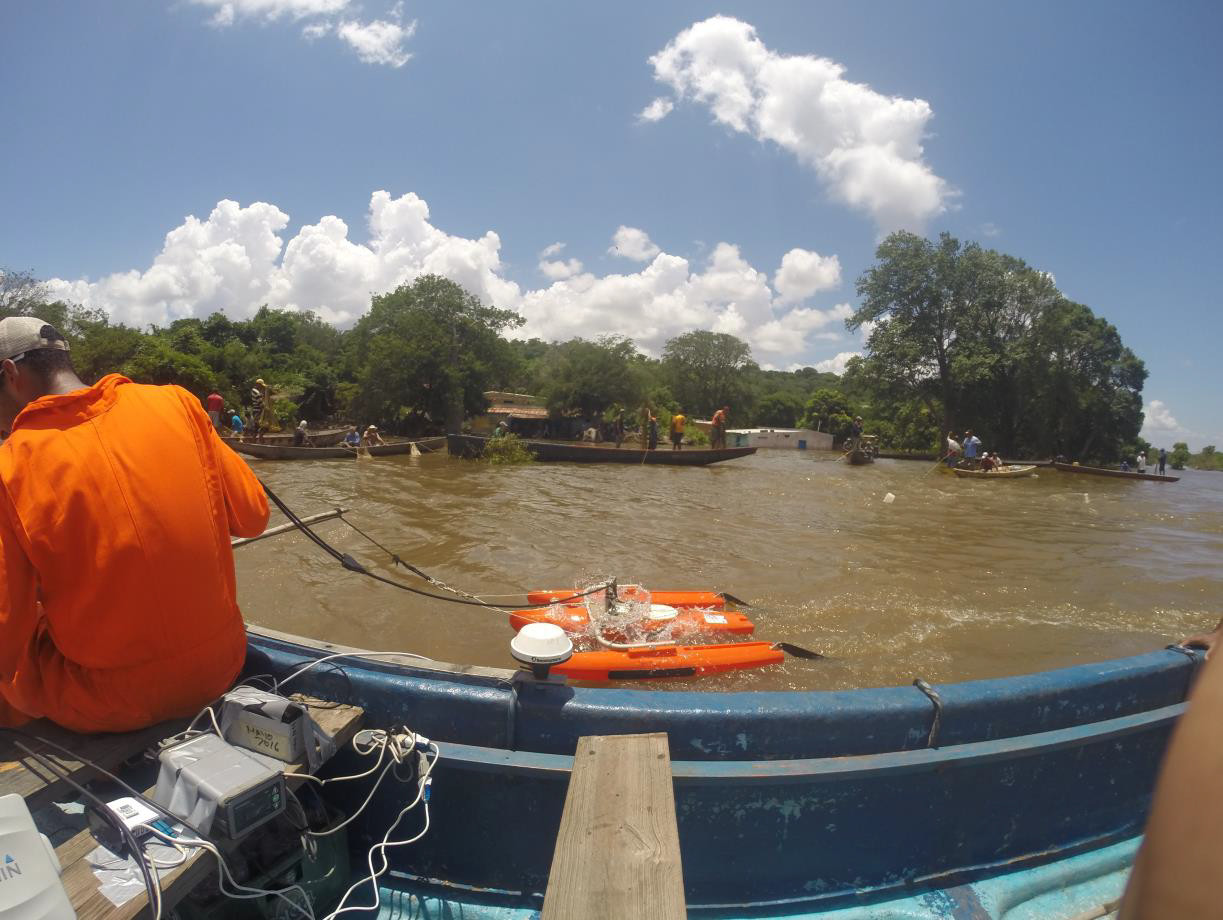
Nota sobre la inundación del río Orinoco en 2018.
VIIa Reunión Científica del SO HYBAM
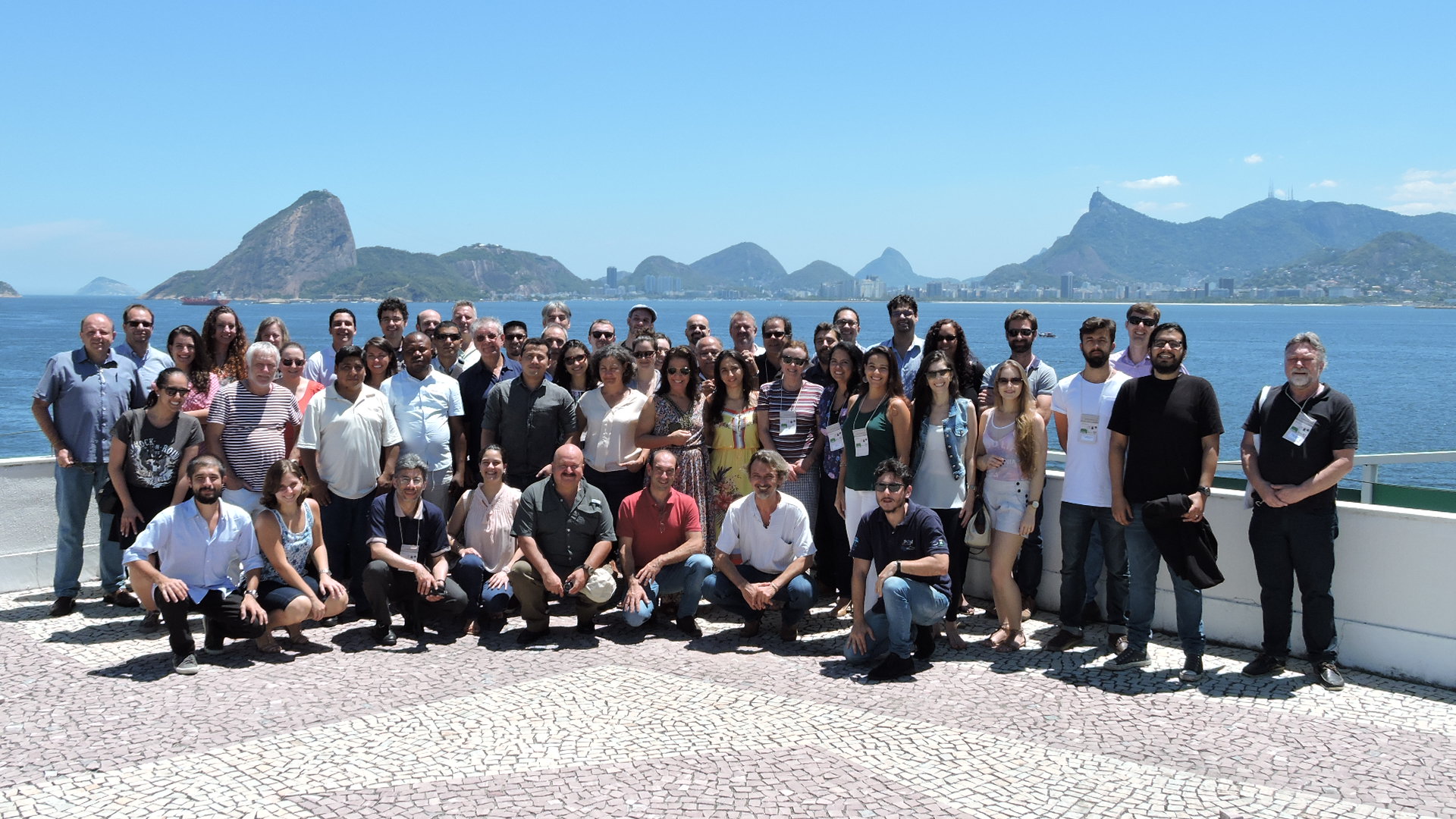
La séptima Reunión Científica del SO HYBAM tuvo lugar en Niterói (Brasil) del 6 al 10 de noviembre de 2017. La lista de presentaciones orales, organizadas por sesiones temáticas, y la mayoría de los materiales de presentación están disponibles en línea.
